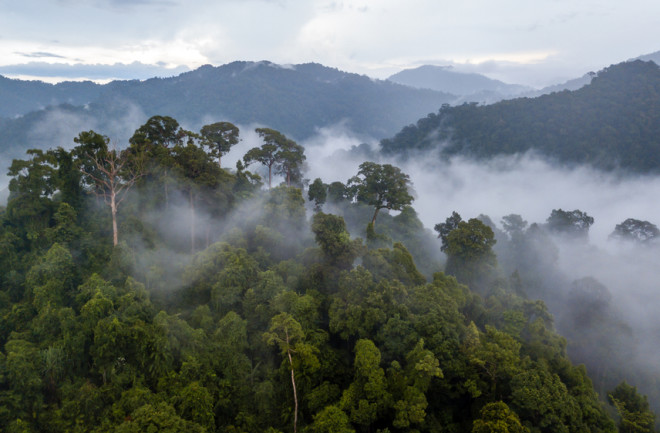A grand network of connected cities and villages existed in the Amazon for at least 1,000 years.
A new discovery reveals a thriving level of social organization in the jungle from roughly 500 B.C. to 600 A.D. that was very different from that of the Indigenous Americans who have inhabited many parts of the Amazon today.
“It’s really a fantastic archeological situation,” says Stéphen Rostain, an archaeologist with the French National Center for Scientific Research — a governmental institute.

